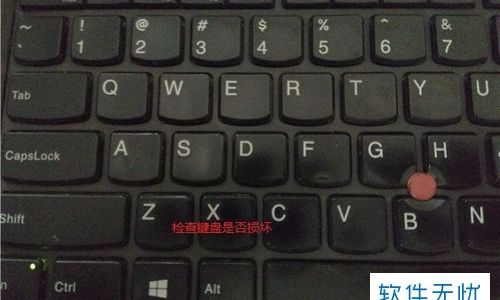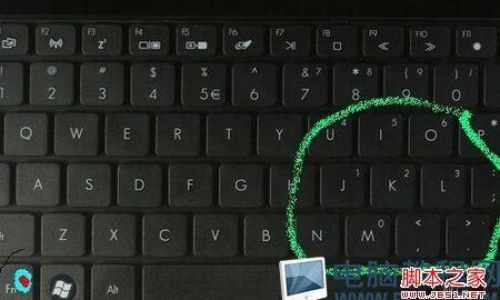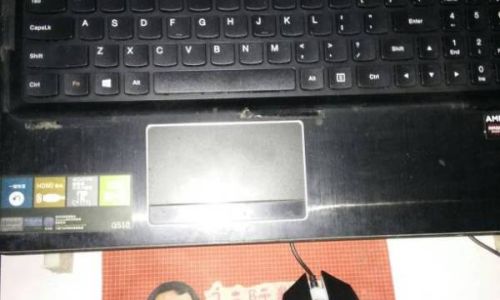Introduction
A malfunctioning laptop keyboard can disrupt workflow, hinder communication, and cause frustration, especially when the issue arises unexpectedly. Whether you’re in the middle of an important task or simply browsing the web, encountering an unresponsive keyboard demands immediate attention. This article provides a comprehensive guide to diagnosing and resolving common issues that cause laptop keyboards to stop working. From basic checks to advanced troubleshooting steps, we’ll explore practical solutions to restore your keyboard’s functionality. By following these structured steps, you can identify the root cause and apply the appropriate fix without relying on technical expertise.

Basic Checks and Physical Inspections
Before diving into complex solutions, start with simple observations and physical inspections. Often, minor issues like debris, accidental toggles, or loose connections are the culprits.
-
Check for Physical Obstructions or Debris
Dust, crumbs, or liquid spills can jam keys or disrupt electrical connections. Gently tilt your laptop to dislodge loose particles. Use a soft brush or compressed air to clean between keys. Avoid using sharp objects that might damage the keyboard’s surface. -
Inspect for Liquid Damage
Spills can short-circuit the keyboard’s circuitry. If liquid was recently spilled, immediately power off the laptop, disconnect the battery (if removable), and let it dry for at least 24 hours in a warm, dry place. Do not use a hairdryer, as excessive heat can warp plastic components. -
Ensure the Keyboard Isn’t Disabled Accidentally
Some laptops have a function key (e.g., Fn + F6 or Fn + F9) to toggle the keyboard on/off. Press these keys simultaneously to reactivate it. Check the laptop’s manual if unsure about the exact combination. -
Test External Keyboards
Connect an external USB keyboard. If it works, the issue likely lies with the laptop’s internal keyboard. If not, the problem may be software-related or tied to the operating system.
Software-Related Solutions
Software glitches, outdated drivers, or corrupted system files can render a keyboard unresponsive. Here’s how to address these issues:
-
Restart Your Laptop
A simple restart can resolve temporary software conflicts. Save your work, shut down the laptop, and power it back on after 30 seconds.
-
Update or Reinstall Keyboard Drivers
Outdated drivers often cause hardware malfunctions. To update them:- Press Windows + X and select Device Manager.
- Expand Keyboards, right-click your device, and select Update Driver.
- Choose Search automatically for updated driver software.
If this fails, uninstall the driver (right-click → Uninstall device), restart the laptop, and let Windows reinstall it automatically.
-
Use the On-Screen Keyboard
As a temporary workaround, enable the on-screen keyboard:- Press Windows + Ctrl + O to launch it directly.
- Navigate to Settings > Accessibility > Keyboard and toggle On-Screen Keyboard on.
-
Run System File Checker (SFC)
Corrupted system files can disable hardware. Open Command Prompt as an administrator and run:sfc /scannowWait for the scan to complete, then restart the laptop.
-
Check for Windows Updates
Outdated OS versions may lack critical patches. Navigate to Settings > Update & Security > Windows Update and install pending updates.
Hardware and Driver Issues
If software fixes fail, the problem may stem from hardware or driver conflicts. Proceed cautiously to avoid damaging components.
-
Reseat the Keyboard Cable (For Advanced Users)
Laptops with removable batteries often have detachable keyboard cables. If comfortable:
- Power off the laptop and remove the battery.
- Unscrew the back panel to access the keyboard ribbon cable.
- Gently disconnect and reconnect the cable, ensuring it’s securely seated.
- Reassemble the laptop and test the keyboard.
-
BIOS/UEFI Settings
A misconfigured BIOS can disable the keyboard. Restart the laptop and enter BIOS (usually by pressing F2, Del, or F10 during startup). Check for keyboard-related settings and reset to defaults if needed. -
Roll Back Driver Updates
If the issue started after a driver update, roll back to a previous version:- Open Device Manager and expand Keyboards.
- Right-click your device, select Properties, and navigate to the Driver tab.
- Click Roll Back Driver and follow the prompts.
External Keyboard Interference
An external keyboard connected via USB or Bluetooth can sometimes conflict with the internal one. Disconnect all external peripherals and restart the laptop. If the issue resolves, the external device may be faulty. Test it on another computer to confirm.
Advanced Solutions and When to Seek Help
If all else fails, consider these steps:
-
Perform a System Restore
If the keyboard stopped working after installing new software, restore your system to a previous state:- Search for Create a restore point in the Start menu.
- Click System Restore and follow the wizard.
-
Reset Windows
As a last resort, reset Windows while keeping personal files:- Navigate to Settings > Update & Security > Recovery.
- Under Reset this PC, click Get started.
-
Contact Manufacturer Support
If the keyboard remains unresponsive, the issue may be hardware-related (e.g., damaged circuitry, loose connectors). Check your warranty status and contact the manufacturer for repairs or replacement.
Preventative Measures
To avoid future issues:
-
Avoid Eating or Drinking Near the Laptop
Spills are a leading cause of keyboard failure. Use a spill-proof tray if necessary. -
Clean Regularly
Use compressed air every few months to remove dust and debris. -
Update Software Promptly
Regularly install OS and driver updates to patch vulnerabilities.
Conclusion
A non-responsive laptop keyboard is a solvable problem with systematic troubleshooting. By methodically checking physical components, updating software, and addressing hardware issues, you can restore functionality without professional help. Start with simple fixes like cleaning and restarting, then progress to driver updates and BIOS checks. If all methods fail, seek assistance from the manufacturer or a certified technician. With patience and diligence, your keyboard will likely return to normal operation, ensuring uninterrupted productivity.






0 comments